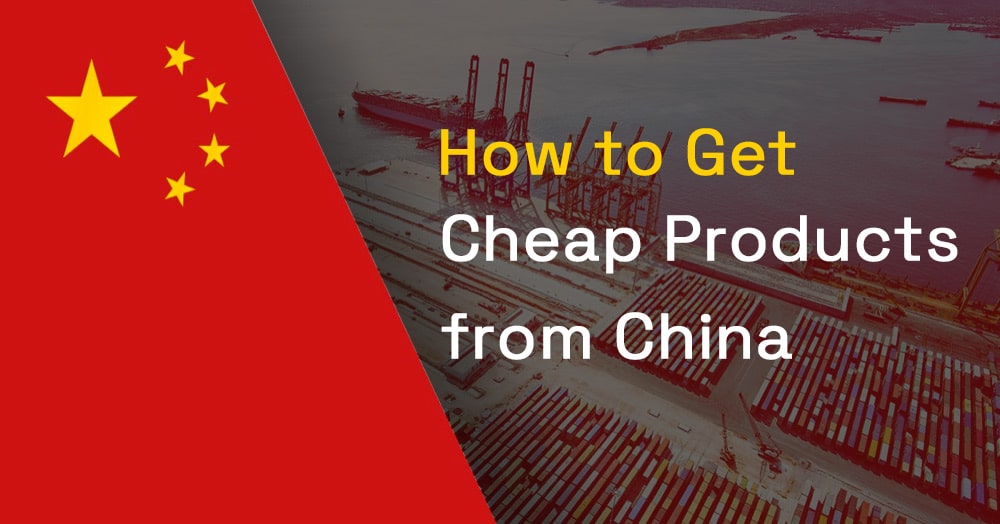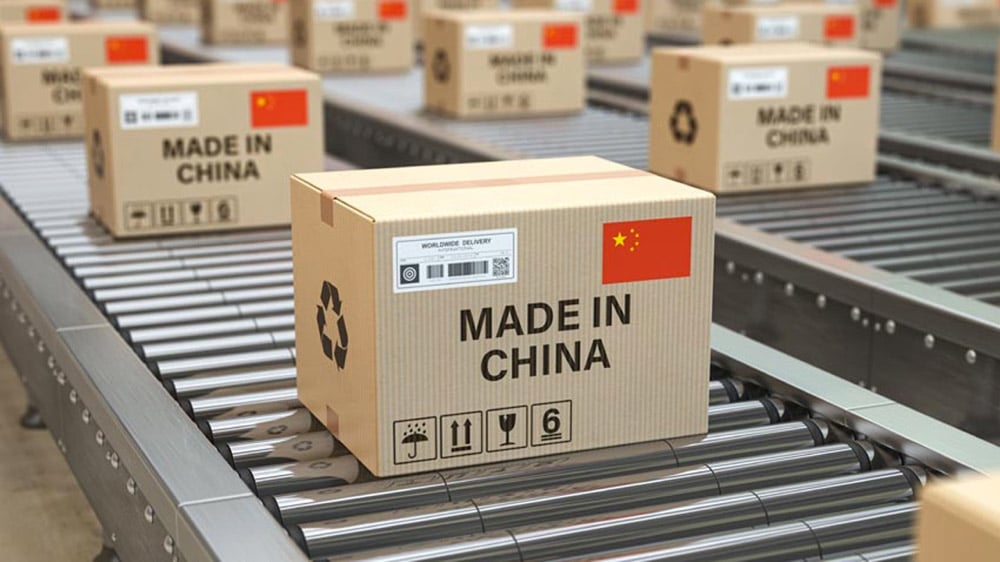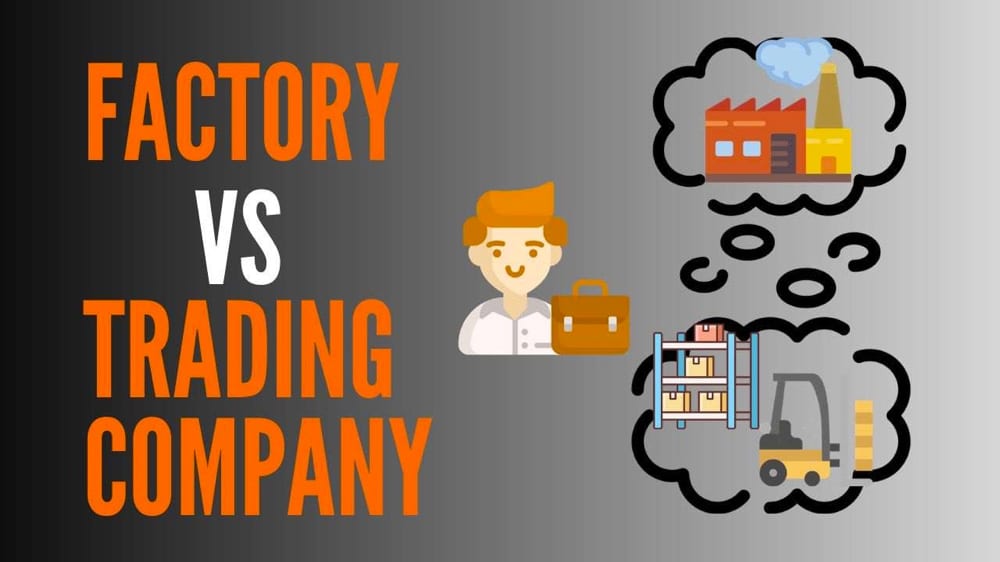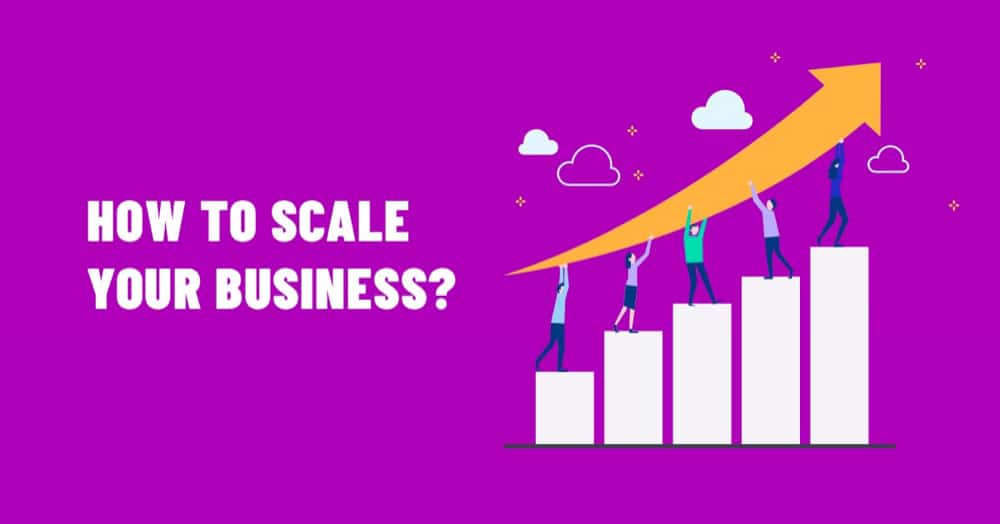
In today’s global economy, many businesses and individuals are looking to source cheap products from China due to the country’s reputation for producing affordable and quality goods.
This article will provide a step-by-step guide on how to import products from China while ensuring quality and minimizing costs.
Why Buy from China?

China has become a manufacturing powerhouse, with its vast resources, skilled labor force, and advanced technology, enabling it to produce a wide range of products at competitive prices.
As a result, businesses can source products from China to lower their costs and increase profits, while consumers can benefit from a more extensive selection of affordable items.
How to Ensure Quality When Buying from China?

To ensure product quality, it’s crucial to research and evaluate potential suppliers, negotiate for better deals, and implement quality control measures throughout the manufacturing and shipping processes.
The Benefits and Drawbacks of Importing from China
Benefits of importing from China include lower production costs, a vast selection of products, and the potential for significant profit margins.
However, drawbacks include potential quality control issues, longer shipping times, and navigating complex import regulations and language barriers.
How to Get Cheap Products from China?

Step 1. Finding the Best Suppliers
The top websites to find suppliers in China
Some of the best websites to find suppliers in China include Alibaba, Global Sources, Made-in-China, DHgate, and 1688.
The different types of suppliers
There are three main types of suppliers: manufacturers, trading companies, and wholesalers.
Manufacturers produce the products, trading companies act as intermediaries between manufacturers and buyers, and wholesalers buy in bulk and sell at discounted prices.
Evaluating suppliers’ quality and reputation
Look for suppliers with a proven track record, positive reviews, and certifications that confirm their adherence to industry standards.
Negotiating with suppliers for better deals
To negotiate better deals, prepare a list of your requirements, communicate your budget, and be willing to compromise to find a mutually beneficial agreement.
Step 2. Understanding Shipping and Logistics

Different shipping options are available
Shipping options include air freight, sea freight, and express courier services. Each method has its pros and cons, such as cost, speed, and reliability.
Common shipping terms and abbreviations
Some common shipping terms and abbreviations include FOB (Free on Board), EXW (Ex Works), CIF (Cost, Insurance, and Freight), and DDP (Delivered Duty Paid).
Calculating shipping costs
Shipping costs depend on factors such as the shipping method, product weight and dimensions, and the destination country.
Dealing with customs and taxes
Familiarize yourself with import regulations, duties, and taxes in your destination country to avoid unexpected costs and delays.
Step 3. Managing Product Quality

The importance of product samples
Product samples are crucial for verifying product quality, design, and functionality before placing a large order.
Quality control during manufacturing
Implement quality control measures such as on-site inspections and regular communication with suppliers to ensure products meet your standards.
Product testing before shipment
Test products for functionality, safety, and compliance with international standards before shipping.
What to do if there are quality issues
Address quality issues promptly by communicating with your supplier, discussing possible solutions, and, if necessary, seeking legal recourse.
Step 4. Payment and Financial Considerations

Common payment methods and risks
Popular payment methods include wire transfers, PayPal, and letters of credit. Each method has its risks, such as potential fraud, so choose the one that best suits your needs and offers adequate protection.
Creating a secure payment plan
Establish a payment plan that balances risk and cash flow, such as paying a deposit upfront and the remaining balance upon product completion or shipment.
Handling currency exchange rates
Monitor exchange rates and consider using a currency exchange service to minimize the impact of currency fluctuations on your costs.
Protecting your financial interests
Protect your financial interests by using secure payment methods, implementing a payment plan, and considering insurance for high-value shipments.
Step 5. Navigating Legal and Regulatory Requirements

Understanding Chinese import regulations
Research Chinese import regulations, including required licenses, permits, and documentation, to ensure compliance and avoid delays.
Meeting international standards and certifications
Ensure your products meet international standards and certifications, such as CE, RoHS, or FDA, depending on the target market.
Protecting intellectual property rights
Take steps to protect your intellectual property rights, including registering trademarks, patents, and copyrights in both your home country and China.
Resolving legal disputes
In case of legal disputes, consider mediation or arbitration before resorting to litigation.
Step 6. Building Strong Business Relationships

Cultivating positive supplier relationships
Build positive relationships with suppliers by maintaining open communication, understanding their needs, and honoring agreements.
Effective communication with suppliers
Practice effective communication by clearly stating your requirements, being responsive, and using tools such as WeChat or Skype to facilitate discussions.
Meeting cultural and language differences
Address cultural and language differences by learning basic phrases, understanding Chinese business culture, and considering hiring a translator or local representative.
Building trust with suppliers
Develop trust with suppliers by meeting them in person, being transparent about your business, and honoring your commitments.
Step 7. Scaling Your Business

Planning for growth and expansion
Create a plan for growth that includes expanding product lines, increasing order volumes, and entering new markets.
Increasing product volume and diversity
Gradually increase your product volume and diversity by sourcing from multiple suppliers, improving product quality, and exploring new niches.
Building a team to manage your business
As your business grows, consider hiring a team to manage operations, including sourcing, logistics, and sales.
Finding new sales channels
Expand your sales channels by exploring e-commerce platforms, attending trade shows, and forming partnerships with other businesses.
Conclusion
Sourcing cheap products from China can be a profitable endeavor if you approach it with proper planning, research, and due diligence.
By following the steps outlined in this guide, you can minimize risks, ensure product quality, and build lasting relationships with suppliers to grow your business successfully.
We are Yansourcing, a leading sourcing company in China, dedicated to helping our clients source products from China at the most competitive prices. If you are interested in importing from China, please feel free to contact us.
FAQs
1. How do I find reliable suppliers in China?
Use reputable websites like Alibaba or Global Sources, and look for suppliers with a proven track record, positive reviews, and industry certifications.
2. What are the most common shipping methods when importing from China?
The most common shipping methods include air freight, sea freight, and express courier services.
3. How can I protect my intellectual property when sourcing from China?
Protect your intellectual property by registering trademarks, patents, and copyrights in both your home country and China, and include confidentiality agreements in your contracts with suppliers.
4. How can I ensure product quality when importing from China?
Ensure product quality by obtaining product samples, implementing quality control measures during manufacturing, and testing products before shipment.
5. What should I consider when negotiating with Chinese suppliers?
When negotiating with Chinese suppliers, consider factors such as product specifications, pricing, payment terms, and delivery timelines.
Be prepared to compromise and maintain open communication to build a mutually beneficial relationship.
